Sure, you know that probiotics are key to your digestive health, but these microorganisms have tons of other health benefits to offer. To make sure you’re getting enough, here are the top Paleo-friendly probiotic foods!
Probiotics: It’s a topic that’s impossible not to hear about, especially if you hang around other health-conscious types. Even mainstream nutrition organizations have gotten on board.
Many of us understand we probably need more probiotic foods in our lives for ideal health. But we come up short because we aren’t sure exactly how to do it.
Love Paleo Desserts? Then you’ll love our FREE Paleo Dessert Cookbook.
Click here to get your FREE copy of our delicious Dessert Recipes!
Keep reading for a rundown of what probiotics do, how they can help you, and most importantly, where we can find them in our foods.
Why Probiotics Are Essential To Your Health
Let’s start at the beginning.
“Probiotics” is simply a term for foods that contain live bacteria cultures.
If that makes you cringe, bear with me for a second. It’s easy to associate “bacteria” with only the nasty stuff (like salmonella) because that’s what we hear about all the time. But the types of bacteria found in probiotic foods are actually good for you.
But they aren’t just good for you – they’re essential for health! Your digestive tract includes around 100 trillion microorganisms (1). Over 400 different species of bacteria exist in this delicate ecosystem (2). Some of them are helpful; others are potentially dangerous. [tweet_quote]Probiotics help balance our digestive tracts with more good bacteria.[/tweet_quote]
Problems arise when the “bad” bacteria overwhelm the “good.” So many aspects of health – everything from digestion and the immune system to our weight and even our mental health – hinge on maintaining a balance. Scientists have only scratched the surface of just how deeply these connections go.
The Best Paleo Probiotic Foods
Incorporating more probiotics into your diet can transform your health. It doesn’t take a ton of these foods to make a big impact.
Here are some of the best sources of paleo-approved probiotics and how they can help change your life:
1. Apple Cider Vinegar
Apple cider vinegar isn’t technically a probiotic. It’s actually a prebiotic, which means it helps feed the probiotics in your gut. The fermented apples it’s made from contain pectin, a soluble fiber essential for proper digestion (3).
How does it work? Pectin binds to unnecessary products in your digestive tract, which slow nutrient absorption. Some of these waste products include harmful bacteria and other toxins. Pectin then carries away the waste (through bowel movements). The result: the probiotics are left free to grow and keep protecting your gut.
If you want to give apple cider vinegar a try, look for the raw unfiltered stuff. The bottle should be cloudy, with murky strands of bacteria (called “the mother”) at the bottom. Bragg’s is one of the most popular choices around.
Apple cider vinegar has a strong tangy flavor, but it goes great in homemade salad dressings.
2. Dark Chocolate
Yes, you read that correctly.
Dark chocolate is an extremely popular treat and a staple of many of our dessert recipes on the Paleohacks blog. But it isn’t just delicious; it’s also good for your gut.
Until recently, scientists understood that many of dark chocolate’s health benefits come from flavonoid compounds in cacao beans, but they weren’t exactly sure how flavonols work. A 2014 Louisiana State University took them one step closer. Researchers found that friendly bacteria already in the gut, including Lactobacillus and Bifidobacterium, ferment the flavonol compounds (4). You keep your gut bacteria healthy by giving them plenty of fuel to “feed on.” As this occurs, large flavonol molecules are broken down into smaller, easy to absorb ones that create anti-inflammatory effects.
Stay away from milk chocolate and most chocolate candies. The darker the chocolate, the better. Shoot for dark chocolate with at least 70 percent cacao because it’s the beans that contain the all-important flavonols (5).
3. Microalgae
Whether you’re seasoning your food with sea salt or chowing down on some wild-caught salmon, our waters offer an abundance of health-promoting options.
Let’s talk about one you might have overlooked: algae. When you think “algae,” an image of massive kelp floating in the ocean might come to mind. But there are actually a huge range of algae types and sizes. Some of the smallest, microalgae, pack a nice probiotic punch.
Microalgae comprise a mixture of plant including cyanobacteria, chlorella, spirulina, as well as brown, green, and red algae. Microalgae has been proven to increase the amount of friendly Lactobacillus in the intestinal tract (6). Consumption has also been linked to decreased cholesterol, reduced inflammation, and protection against oxidative damage (7). Algae are also extremely high in protein, vitamins, and minerals like iron and zinc (8).
You can find popular microalgae varieties, like spirulina and chlorella, in the supplement section of upscale grocery stores (Whole Foods, Trader Joe’s, etc.) or at vitamin shops or speciality health food stores. Looking online is another good option, especially if you like to order in bulk. Powder forms of microalgae go well in smoothies or even plain old water. You can also sprinkle powdered algae on Paleo-friendly desserts like chocolate brownies or even ice cream for a nice flavor and nutrition boost. If you prefer, you could buy microalgae in capsule form and treat it like a nutritional supplement.
4. Sauerkraut
Sauerkraut (which means “sour cabbage” in German) is made by fermenting shredded cabbage with lactic acid bacteria. It’s extremely popular in Eastern Europe and a German cuisine staple. You can use it as a relish for meat and sausage dishes.
Raw sauerkraut is an excellent source of friendly bacteria. A 2007 study published in the journal of Applied and Environmental Microbiology found that it contains a mixture of over 13 different strains of gut-protecting bacteria (9). It’s been proven to help digestive issues like leaky gut, constipation, and diarrhea (10).
Beyond its high probiotic content, sauerkraut is high in fiber as well as vitamins K2, B, and C, and is also a rich source of iron and manganese (11).
If you buy sauerkraut at the store, stick to unpasteurized varieties to get the healthy bacteria you’re looking for. You can even make your own. Just shred a head of cabbage and rub on salt, then put the mixture into a glass jar with an air-tight lid. A few days later, you’ve got yourself some sauerkraut!
5. Dill Pickles
Pickles are cucumbers that have been… you guessed it, pickled in a solution of salt and water. With time, their natural lactic acid bacteria causes them to ferment.
A fascinating study published in the journal of Psychiatry Research found that increased consumption of pickles and other fermented foods decreased symptoms of anxiety, neuroticism, and social phobia (12). Pickles are also extremely low in calories and high in vitamin K (13).
When you’re at the grocery store, avoid pickles that are sold on shelves at room temperature. Those varieties are usually made with a vinegar brine. Vinegar brine doesn’t allow the friendly bacteria to grow. [tweet_quote]Skip the vinegar brine and go for pickles soaking in salt and water.[/tweet_quote]
What should you do instead? Look for pickles in the refrigerated section. On their labels you’ll find “live and active cultures” or other similar language. Because pickles with live bacteria are few and far between, the companies that sell them like to advertise this heavily.
6. Olives Cured in Brine
Olives are a delicious, Paleo-friendly source of healthy fats and plenty of other nutrients. New research suggests they’re also rich in beneficial bacteria.
After olives are placed in brine, a mixture of water and salt, Lactobacillus bacteria causes them to ferment (14). It’s this friendly bacteria that makes its way to your intestinal tract. Olives have also been linked to anti-inflammatory, antimicrobial, and antioxidant effects (15, 16, 17).
Opt for organic olives that have been fermented in brine, not just water. Olives are awesome as a snack on their own, or on Greek salads and in all kinds of Mediterranean dishes.
7. Kimchi
Kimchi is an extremely popular, fermented spicy vegetable dish from Korea. It’s made by mixing a main ingredient (usually cabbage) with other foods and spices like carrots, garlic, red pepper flakes, ginger, onions, and fish sauce. The mixture is then set aside to ferment.
Lactic acid bacteria is the dominant friendly bacteria strain found in kimchi. A massive review of studies linked kimchi consumption to anti-obesity and anti-constipation effects, as well as cholesterol reduction, immune system strengthening, and even improved skin health (18). [tweet_quote]Kimchi, or fermented cabbage, can help you lose weight and reduce cholesterol.[/tweet_quote]
The nutrition profile of kimchi varies because everyone has their own spin on how to make it. However, the fermented cabbage base makes it extremely low in calories and high in vitamins A, B, and C, as well as a good source of iron, calcium, and selenium (19).
8. Kombucha
Kombucha is black or green tea that has been fermented by a symbiotic colony of bacteria and yeast (“SCOBY”). It’s been around for over 2,000 years and probably originated in Japan. But it has recently become popular in Western countries thanks to its delicious taste and health benefits.
Once fermented, kombucha becomes carbonated and contains an array of friendly bacteria. A study published in the journal of Food Microbiology found that kombucha contains strains of Gluconacetobacter, Acetobacter, Lactobacillus, and Zygosaccharomyces bacteria (20).
It’s this combination of bacteria that makes kombucha so versatile and effective. There are four main health properties: detoxification, antioxidation, strengthening the immune system, and energizing effects (21).
You can find kombucha at the grocery store, health food stores, and even some coffee shops. If you love it and want to drink some every day, making your own is another option. It’s easy! To get started, check out this Simple Guide to Making Kombucha.
9. Beet Kvass
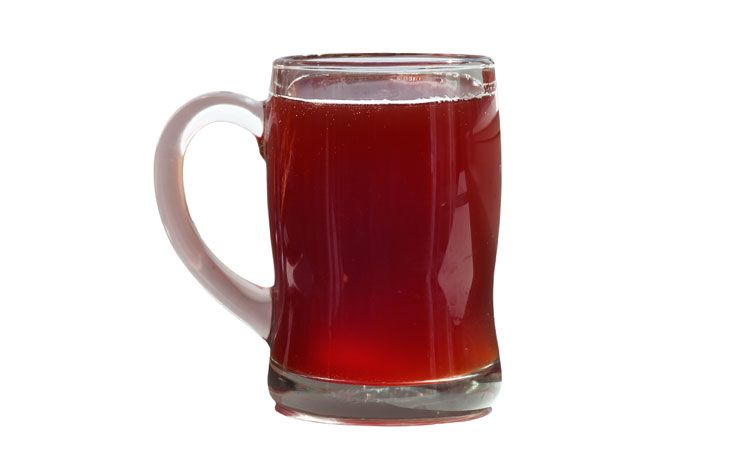
The mild, sour flavor of kvass is definitely an acquired taste. But the health benefits are more than worth it. Besides being a great source of probiotics, the beets help lower blood pressure, give you more stamina during physical activity, and decrease inflammation (22, 23, 24). They’re also a great source of nutrients: vitamin C, folate, potassium, and manganese (25).
A Few Tips Before You Get Started
Finding ways to include more probiotics in your diet can help transform your health.
With that said, there are a few things to consider before you get started. First, it’s better to introduce probiotic foods gradually. Many of us consume these foods only rarely, if at all. Going from no probiotics to shoveling in sauerkraut by the spoonful can shock your system and lead to some nasty side effects like heartburn and indigestion.
Giving your gut time to adjust will help you reap all the benefits without any negative effects. Don’t be afraid to start small – just a teaspoon of fermented vegetables or a few spoonfuls of your probiotic of choice will do. You can always add more as your gut flora adjust.
Finally, probiotic supplements are available if you can’t stand any of the foods or drinks above. If you want to go that route, just make sure to do your homework and don’t just pick up the first thing you see on the shelf. Look for brand quality, the number of colony-forming units (CFUs) per dose, and ensure that your supplement contains multiple bacterial strains (26).
The Bottom Line
Probiotics might be trending in the world of health, but this trend lives up to the hype. A solid foundation of Paleo vegetables, fruits, and animal protein will take you a long way toward vibrant health. Probiotic foods are the perfect “supplement” to this diet because they’ll keep your gut bacteria balanced and healthy – exactly how it’s supposed to be.
Do you make probiotics a priority in your life? How do you make sure to eat enough of them every day? Leave a comment below and let me know!
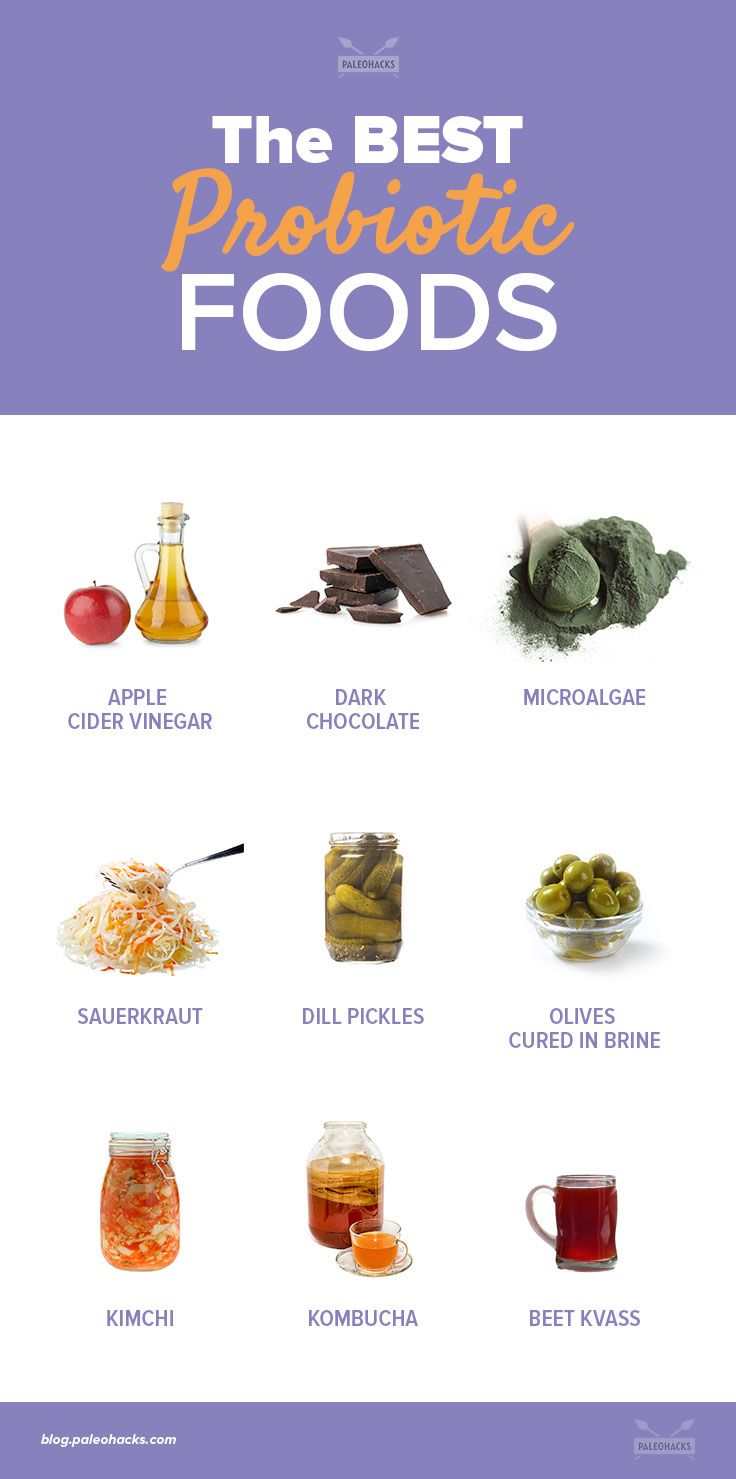
(Read This Next: The Top 10 Natural Detox Foods)

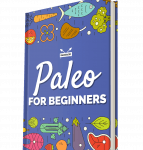
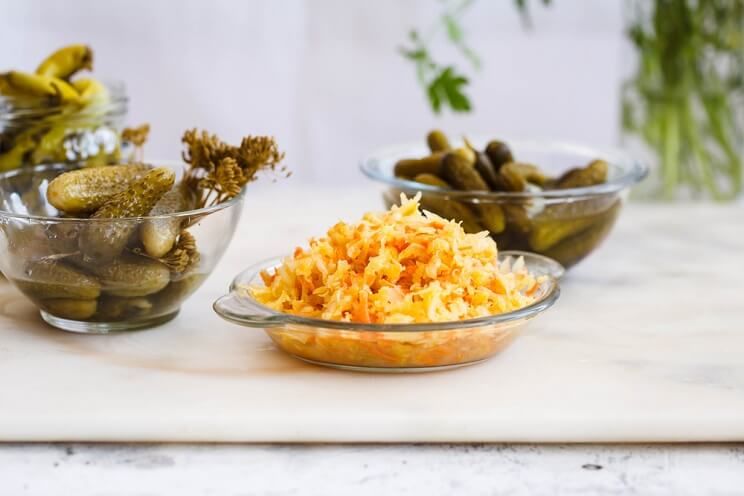
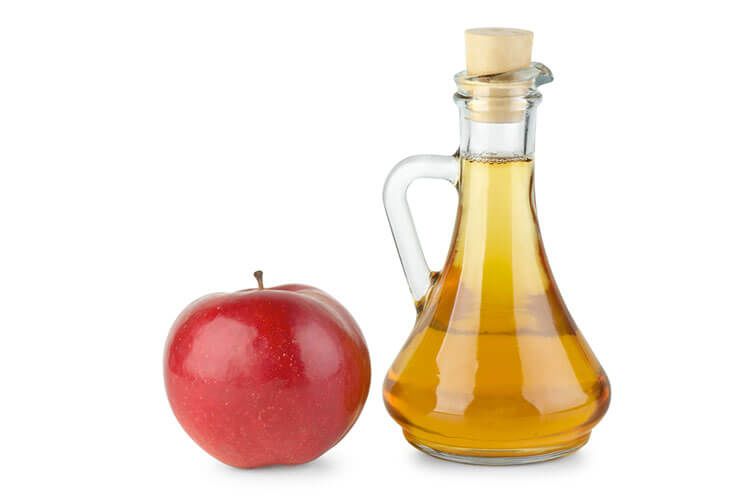
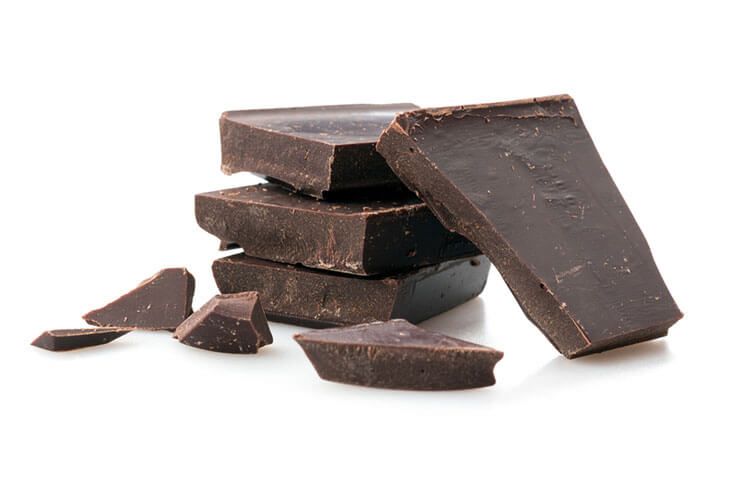
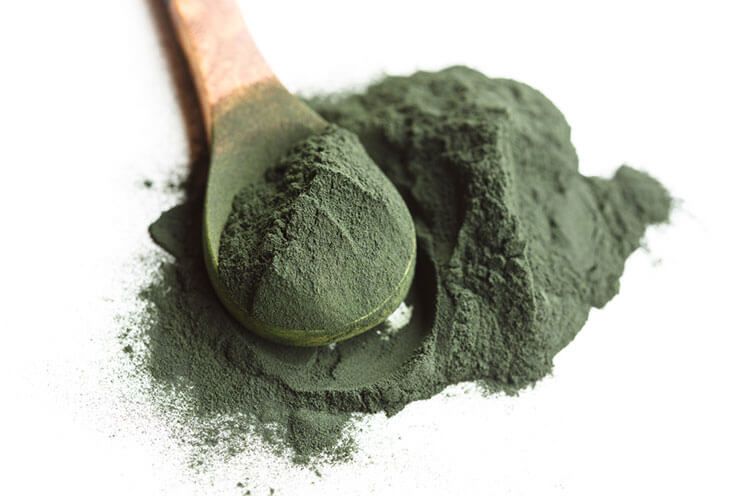
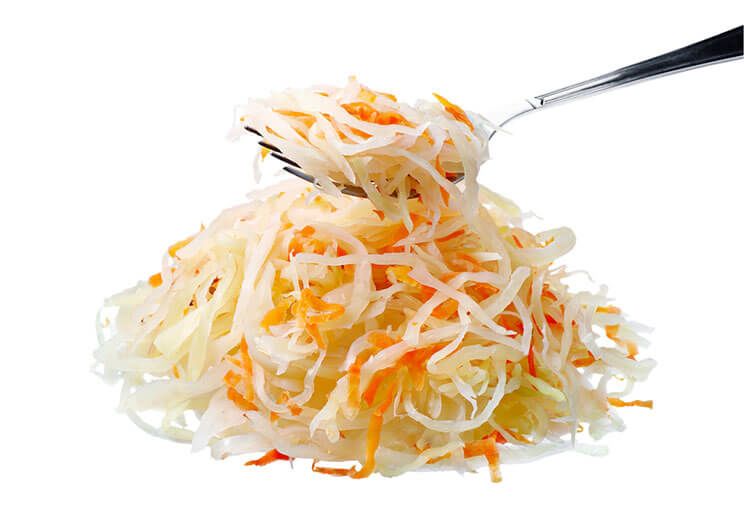
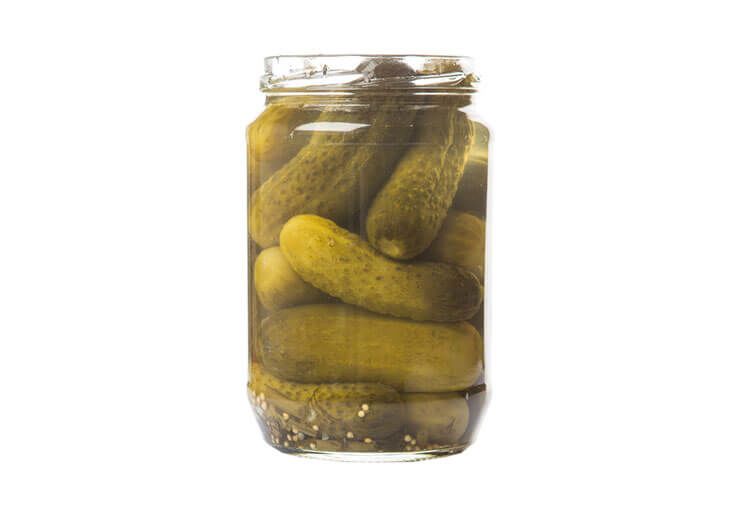
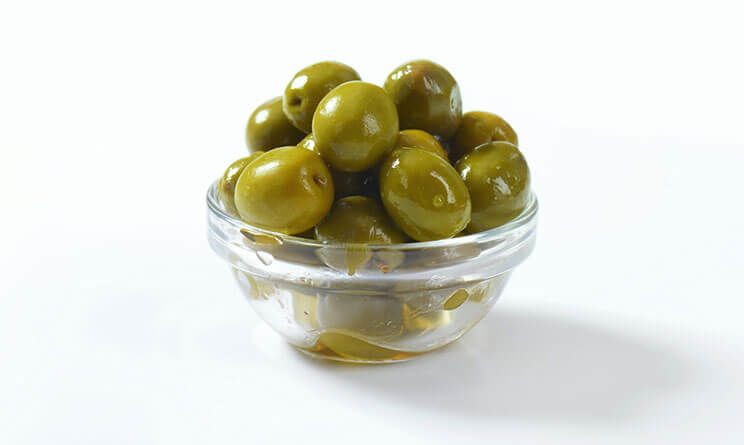
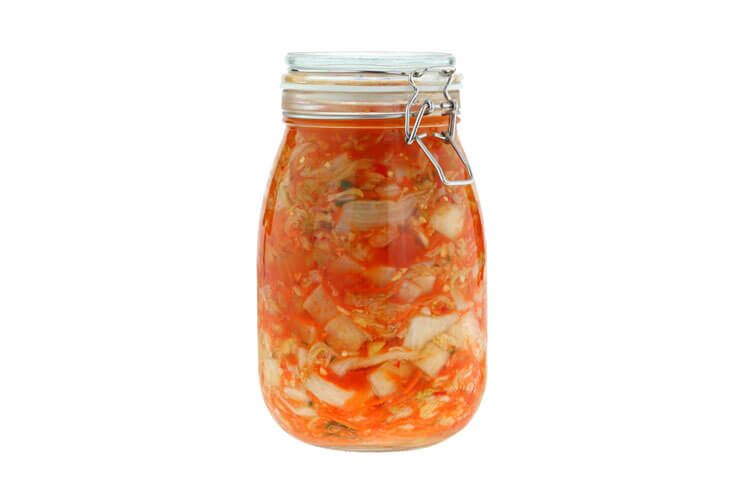
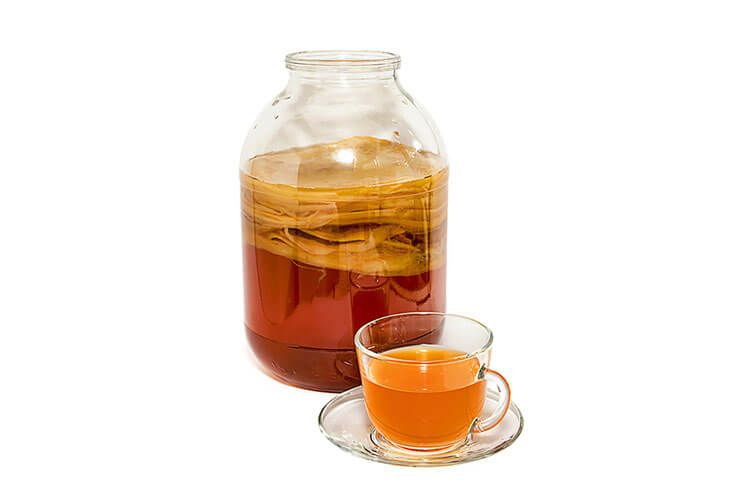
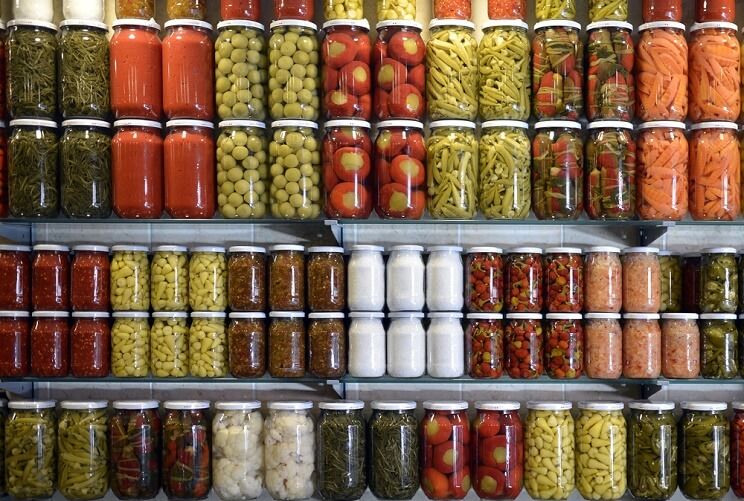
 Loaded Mashed Sweet Potato Balls
Loaded Mashed Sweet Potato Balls
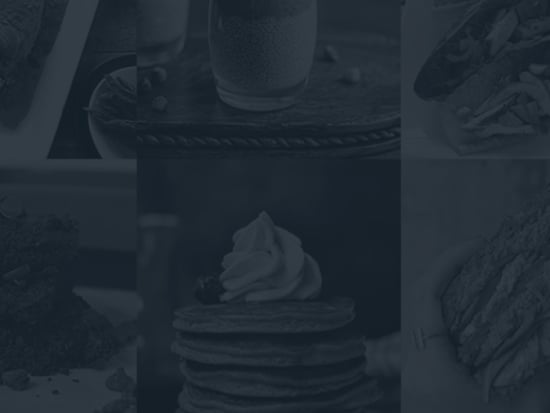
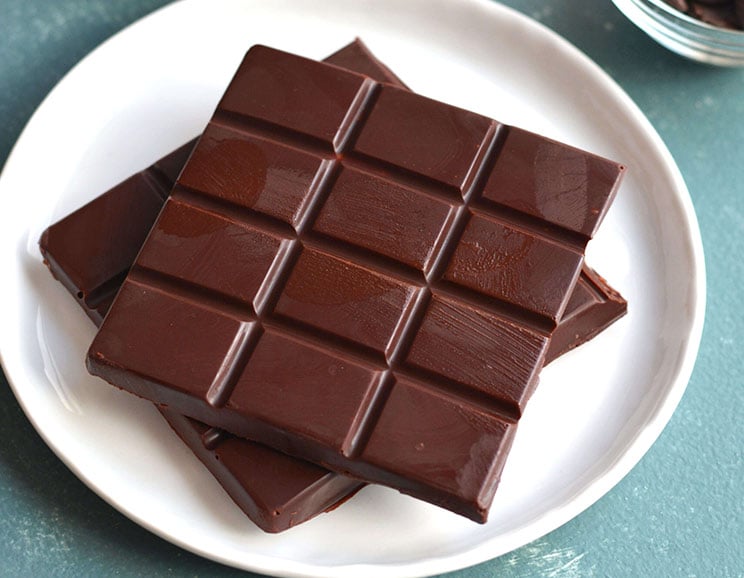
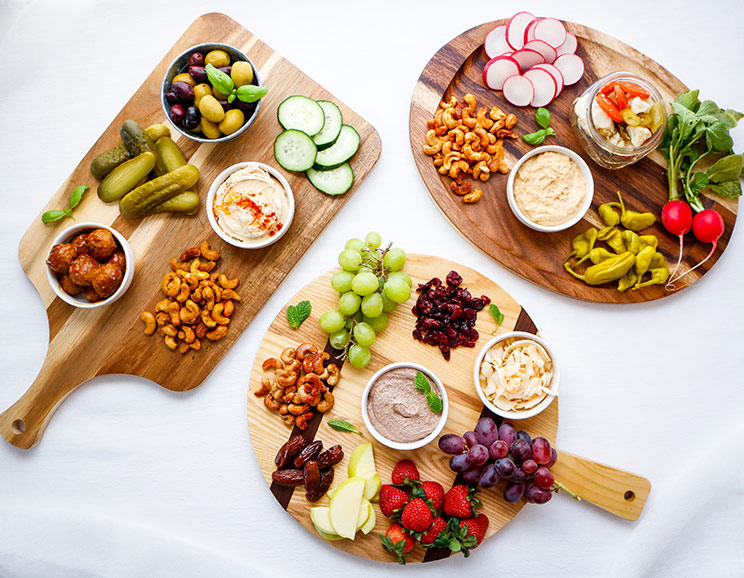
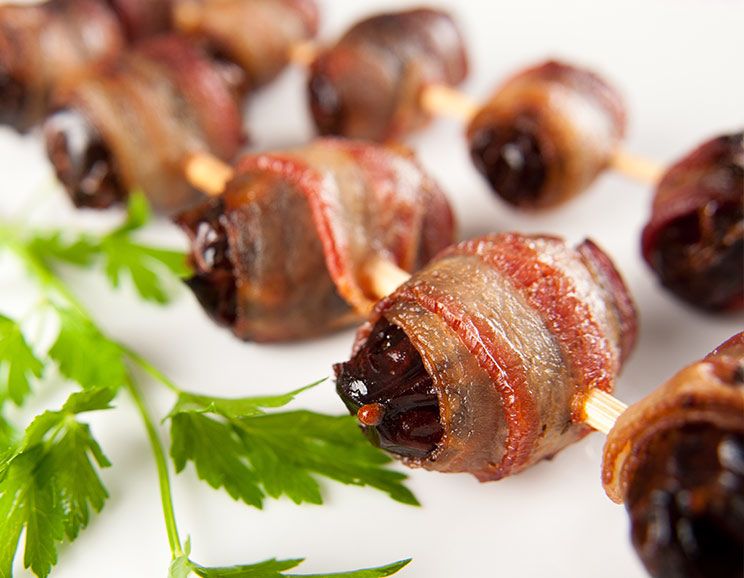
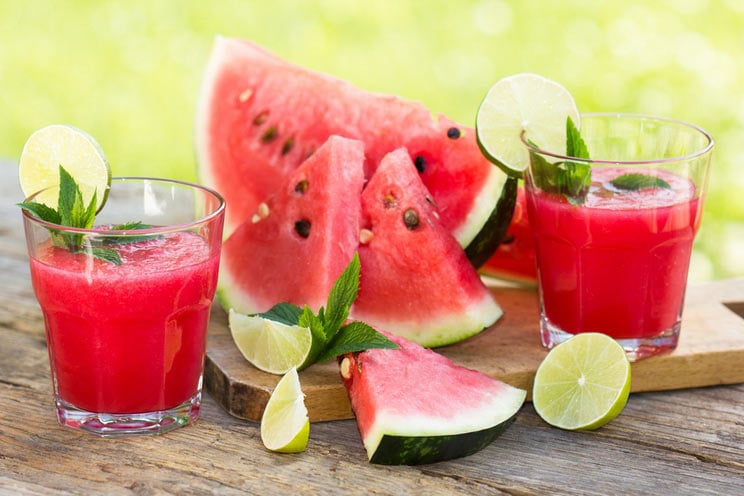
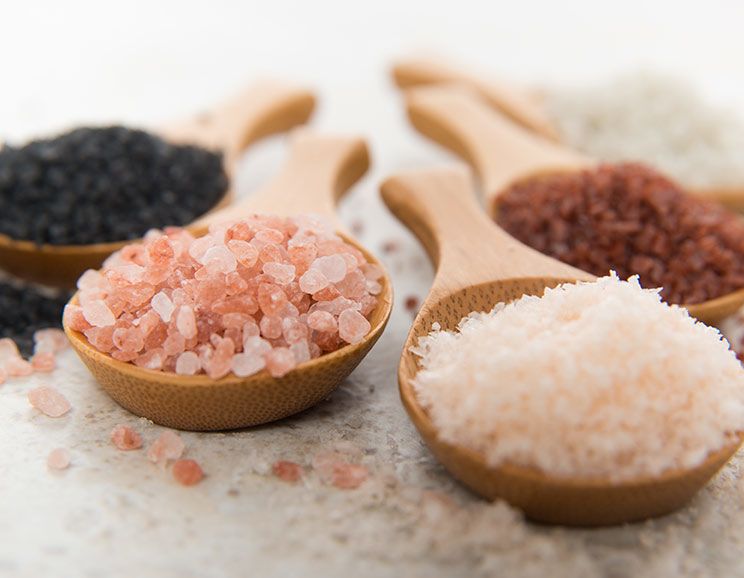
Show Comments